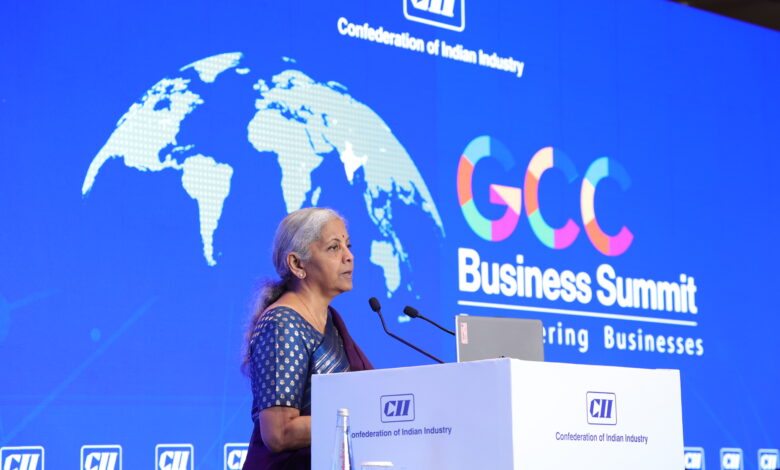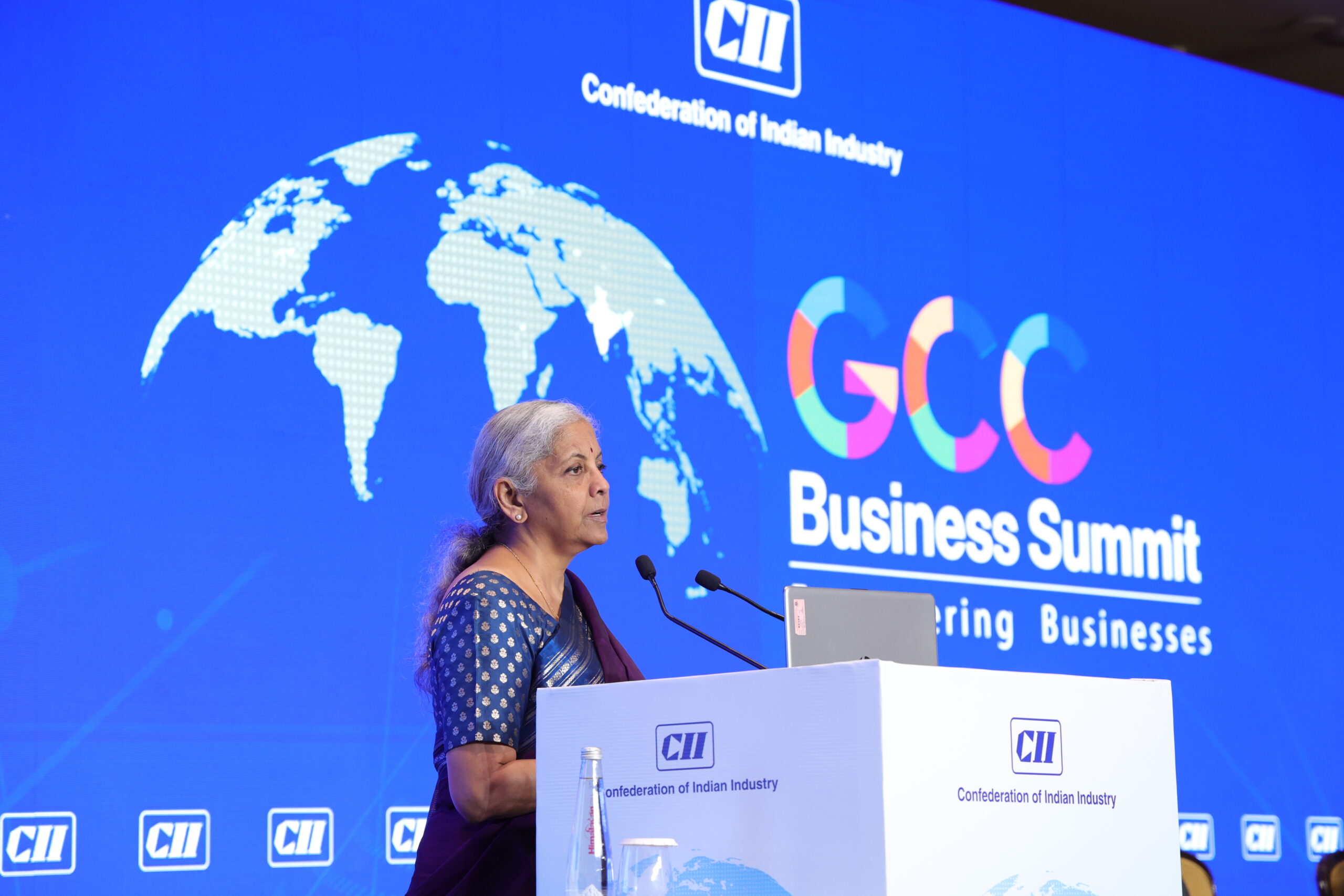
For decades, India’s Global Capability Centres (GCCs) have thrived in a handful of metros—Bengaluru, Hyderabad, Pune, Chennai, Mumbai, and Delhi NCR. These six cities still host nearly 95% of India’s GCCs, anchoring the country’s reputation as the world’s most trusted hub for enterprise capability.
But a new chapter is being written. According to the report “Suggestions for a National Framework on GCCs”, Tier-2 and Tier-3 cities are no longer peripheral outposts—they are fast emerging as strategic anchors of global delivery. Between FY2019 and FY2024, GCC units in these emerging hubs grew by 1.4X, while their local talent base expanded to 82,000 professionals. Around 6% of all new GCCs launched in recent years have been established in Tier-2/3 cities.
This is not a passing trend. It is a structural shift—driven by both necessity and opportunity.
What’s Driving This Momentum?
- Talent Depth & Retention: Over 60% of India’s graduates emerge from non-metros. Many are skilled in AI, automation, and digital engineering. Retention rates are higher because professionals can work closer to their hometowns.
- Cost Advantage: Commercial real estate costs are up to 50% lower, and living expenses are 25–35% lower compared to Tier-1 hubs. This makes operations more cost-effective while improving affordability for employees.
- Infrastructure Maturity: Cities like Coimbatore, Kochi, and Ahmedabad now host Grade-A tech parks, SEZs, and metro connectivity. Smart Cities and PM Gati Shakti initiatives are strengthening both physical and digital infrastructure.
- Rise of Mid-Market GCCs: 480+ mid-sized, digital-first enterprises—about 27% of India’s total GCCs—are fueling decentralization. 35% of recent launches came from this category, with 7% of their workforce already in Tier-2/3 hubs.
- Start-up Ecosystem & Government Incentives: Over 7,000 start-ups operate from emerging cities, with deep-tech ventures doubling between 2019–21. About 13% of India’s tech funding in 2022 went to Tier-2 hubs, supported by capital subsidies and plug-and-play SEZ facilities.
- Quality of Life & Continuity: Shorter commutes, cleaner air, and less congestion make these cities attractive to employees. Lower risks of civic unrest or infrastructure bottlenecks strengthen business continuity.
The Policy Framework: Scaling the Momentum
Recognizing this shift, the report outlines a Suggested National Framework to help India transition from a metro-centric GCC story to a pan-India, multi-tier delivery model. The framework is anchored on three pillars:
- A Clear National Direction – Positioning India not just as a delivery hub but as a global innovation partner, while encouraging balanced regional growth across Tier-1, 2, and 3 cities.
- Strengthened Enablers – Upgrading infrastructure, improving talent pipelines through industry-academia linkages, and creating Digital Economic Zones (DEZs) for seamless plug-and-play operations.
- Measurable Outcomes – Embedding performance levers such as defined metrics, adaptive strategies, and feedback loops to ensure agility.
Within this structure, Critical Success Factors include:
- Developing future-ready talent pools across regions
- Enhancing physical and digital connectivity in smaller cities
- Promoting regional inclusion to decongest Tier-1 hubs
- Encouraging innovation-friendly environments through start-up collaboration and IP protection
From Vision to Action
For India, the growth of GCCs in Tier-2 and Tier-3 cities represents more than just cost arbitrage. It is about inclusive growth, resilient supply chains, and distributed innovation ecosystems.
If executed well, the framework ensures that cities like Visakhapatnam, Coimbatore, Kochi, Indore, and Bhubaneswar can become credible global delivery hubs, complementing and even rivaling traditional metros.
As the CII framework emphasizes, this is the moment to scale the promise of Tier-2 and Tier-3 cities from scattered success stories into a cohesive national strategy.
These conversations will come alive at the upcoming CII GCC Business Summit: Model Policy on GCCs for States, scheduled for 11 September 2025 in Vizag, Andhra Pradesh.
With policymakers, industry leaders, and ecosystem partners in attendance—and a Keynote Address by Hon’ble Finance Minister Smt. Nirmala Sitharaman—the summit will be a landmark platform to shape the Model Policy on GCCs for States and accelerate the expansion of GCCs into Tier 2 and Tier 3 cities. Register here.
Related reading: Inside the Room: Key Takeaways from CII’s Inaugural GCC Business Summit in New Delhi






